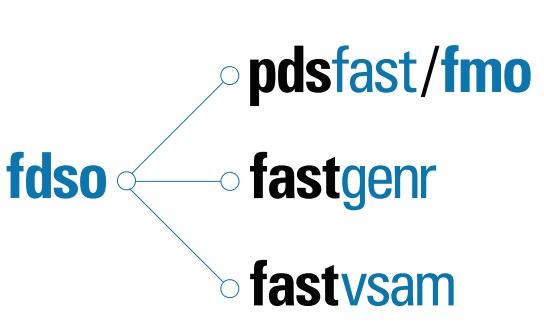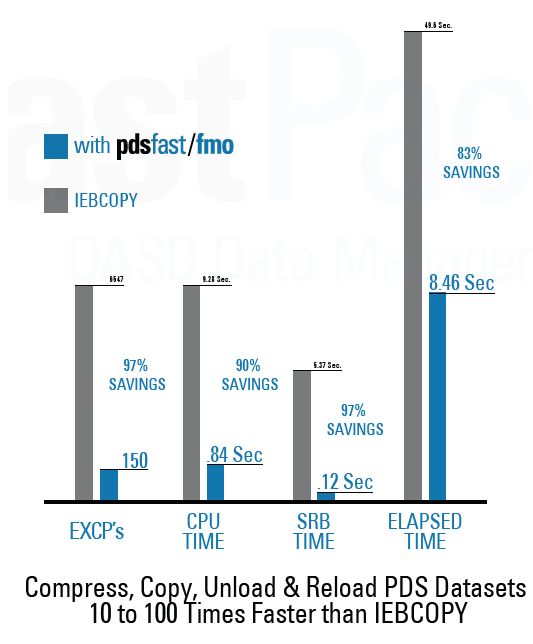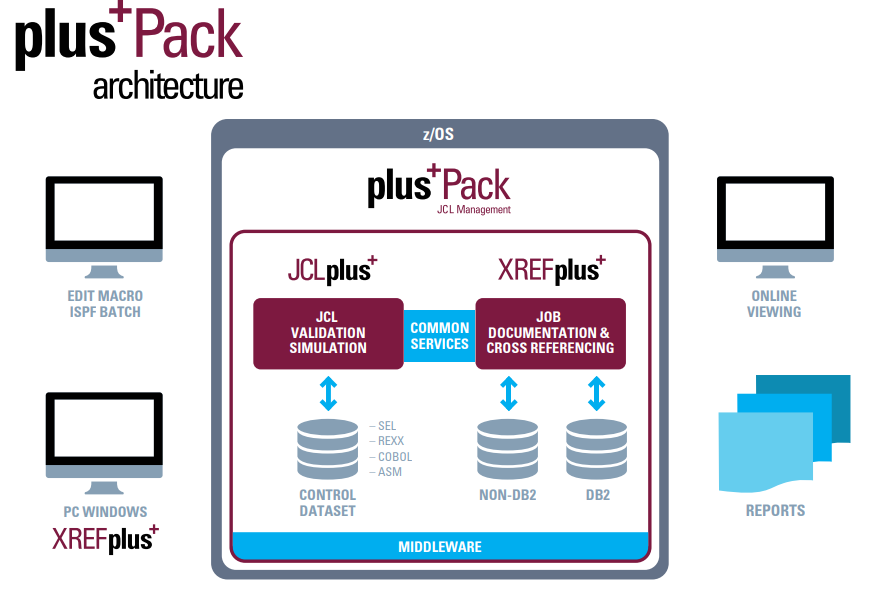
The Batch Business Challenge: Low IT Costs, High Service Level
The growth in demand for online processing in the last decade has translated almost entirely into the batch workload that supports it and the IT operations that manage this function. Corporations have moved toward the internet and online applications; however, the batch component continues to represent a vital aspect of the IT business.
Batch work generally translates into asynchronous business processes that spin off from the more immediate online transactions. However, these processes are increasingly becoming B2B, constantly running 24x7x365, and will often attract very tight levels of service.
The challenge for large, medium, and even small enterprises is to keep IT costs as low as possible while simultaneously supplying the agreed service level to its internal customers and external partners. Staffing is retained at a ‘business as usual’ resource level with no spare capacity for improvement initiatives. So the bottom line is:
How do I position my batch to get the best use of the computer resources available to me with the minimal staff resources I have?
IBM Z batch tuning and re-engineering are not simple and may require considerable time and resources. Once the new goals and objectives have been agreed upon, several different development options are usually explored: critical path analysis, tuning methodologies, JCL refurbishment, hardware upgrades, and implementing software technologies to speed up batch processing.
The Problem
Interestingly, the improvements invested into the online application platform have not been translated into the batch environment, with most of the development being focused on batch management automation. The basic building blocks of batch remain stubbornly the same; ‘lots of i/o with little processing.’
JCL coding inefficiencies, housekeeping processes using traditional IBM DFSMSdfp Utilities, job failures due to JCL errors, and unbalanced systems resources are some of the roots of numerous program failures. Expensive reruns/recoveries and prolonged job executions affect online mission-critical applications. The risk associated with many of these problems can be mitigated or eliminated with a preventative, cost-effective JCL asset management program, using technologies and processes to help reduce elapsed time and other high-cost system resources used during batch workflow.
The Solution
Set the goals and objectives for your batch platform and then implement a framework that allows you to get results quickly with minimum risk and that can be easily maintained now and in the future.
SEA batch management solution consists of two strategic lines of products that meet these requirements: fastPack® and plus+Pack® (see figure 1 and figure 3, respectively). Let’s look at each product and how they can help solve batch problems by reducing batch elapsed time, reducing DASD resource usage and reducing the impact of batch failures.

fastPack: DASD storage & performance management
SEA fastPack® is a proven technology that has helped data centers throughout the U.S. and the world to drastically reduce batch elapsed time and DASD resources of mission-critical applications, helping to deliver a rapid return on investment (ROI) and eliminating hidden costs because of implementing complex tuning strategies.
fastPack® offers these key benefits:
- On the DSN and volume level, pdsfast, fastGENR, and fastVSAM offer 100% JCL-transparent, ultra high-speed replacements for OEM products such as IEBCOPY, IEBGENER, and IDCAMS, offering a simultaneous reduction in both Elapsed time and CPU time (MIPS).
- On the member level, pdsfast offers easy-to-use member-level monitoring and management.
- Integrates and extends the power of these components to offer a comprehensive DASD management and reporting package, effectively using one tool for all types of data sets in SMS, non-SMS, and mixed environments. FDSO helps to reallocate VSAM and non-VSAM files, reclaim wasted space on an active volume incrementally (saving more than 30% of DASD utilization), exception reporting, correction for data set naming, size, placement, and utilization, and catalog error checking/diagnosis.
- Conserves resources and improves performance: CPU time, disk space, channel time, elapsed time, and staff hours.
- Compress, copy, unload, and reload PDS datasets 10 to 100 times faster than IEBCOPY (figure 2).
- Save disk space and improve partitioned data set (PDS) management: DASD space savings, intercepts STOW process, space reuse, access/audit control, usage monitoring, recording of accesses/updates of selected members in SMF, and automatic LLA updates.
- fastVSAM delivers savings in EXPORT and IMPORT operations. It reduces both throughput and elapsed time.
- fastGENR copies sequential data sets and members of partitioned data sets, generally 50% to 90% faster than IEBGENER, saving CPU, SRB, EXCP, and Elapsed Times.

plus+Pack: Enterprise Batch and DevOps Tools
Batch improvement opportunities rely on tuning techniques and reduce the impact of failures and increase operational effectiveness. The average data center has eight times the number of job failures than the best practice data center for the same number of job runs. A job failure can seriously impact the IT Service Levels; it is a well-known case that batch outages have caused considerable losses in significant corporations due to batch failures.
SEA plus+Pack® is a comprehensive software platform designed to assist data centers in reducing the impact of batch failures by providing the following functionality:
- JCL validation and simulation of z/OS batch run-time environment. It offers interfaces with RDBMS, SMS, DASD, security, IBM utilities, TMS, schedulers, change management, and others.
- JCL standards enforcement to meet coding practice and to enable Job operability. Supports REXX, COBOL, ASSEMBLER, and SEL (plus+Pack® proprietary JCL rules-based language).
- Automating JCL modifications allows for quick and effective response to changes within the JCL Life Cycle. It supports REXX and the JCL Perfect Standards Enforcement Language (SEL).
- Intelligent JCL reformatting that improves operation and production control productivity.
- Simulates JCL in local, remote, or remote z/OS images (LPARS) using a middleware foundation. This capability allows data centers to integrate the quality and testing Mainframe stack to a non-mainframe environment such as Eclipse IDEs, Microsoft VS Code, REST API, DevOps tools, and others.
- Knowledge-based operation. Ability to identify critical interdependencies between and among system components by its powerful JCL documentation engine. plus+Pack® makes identifying the uses of datasets, JOBs, Procedures, Programs, volumes, and others accessible. A PC GUI interface will generate the entire job’s flowchart.

Summary
Data centers are moving to 24 by 7 online services, requiring essential tuning of the batch workload. This tuning effort can be expensive and time-consuming; thus, the implementation of a cost-effective solution should be centered on the following:
- Implementing technologies that preserve the existing batch components
- Optimizing the inefficiencies of IBM utilities without modifying application code
- Adopting a best practice JCL early error detection program to reduce errors and mean-time between job failures and to improve application efficiency
- Automating the reorganization and maintenance of datasets and DASD volumes
Software Engineering of America provides unique solutions and a team of experts to help organizations achieve operational effectiveness and meet the demands of batch workloads.
Please contact SEA if you’d like to learn more about utilizing your IBM Z processing and staff resources to meet your own batch business challenges.




